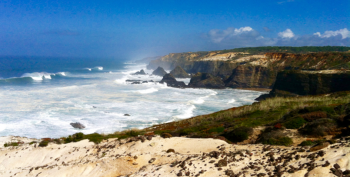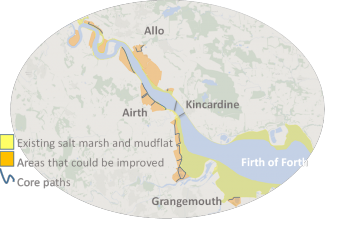Ecosystem Services Community Scotland (ESCom)
This exemplar aims to: Map and describe existing and potential use and non-use community-held values of the estuary; Elicit community-held preferences and willingness to pay for coastal land use and management on landscape-scale; Test impacts of deliberation on preferences for estuarine land in a workshop setting; Contextualise study findings through institutional analysis; Identify ecosystem values held by land-owners and their attitudes towards coastal realignment; Understand future visions for the estuaries from diverse stakeholders; Test operational potential and impact of valuation...













